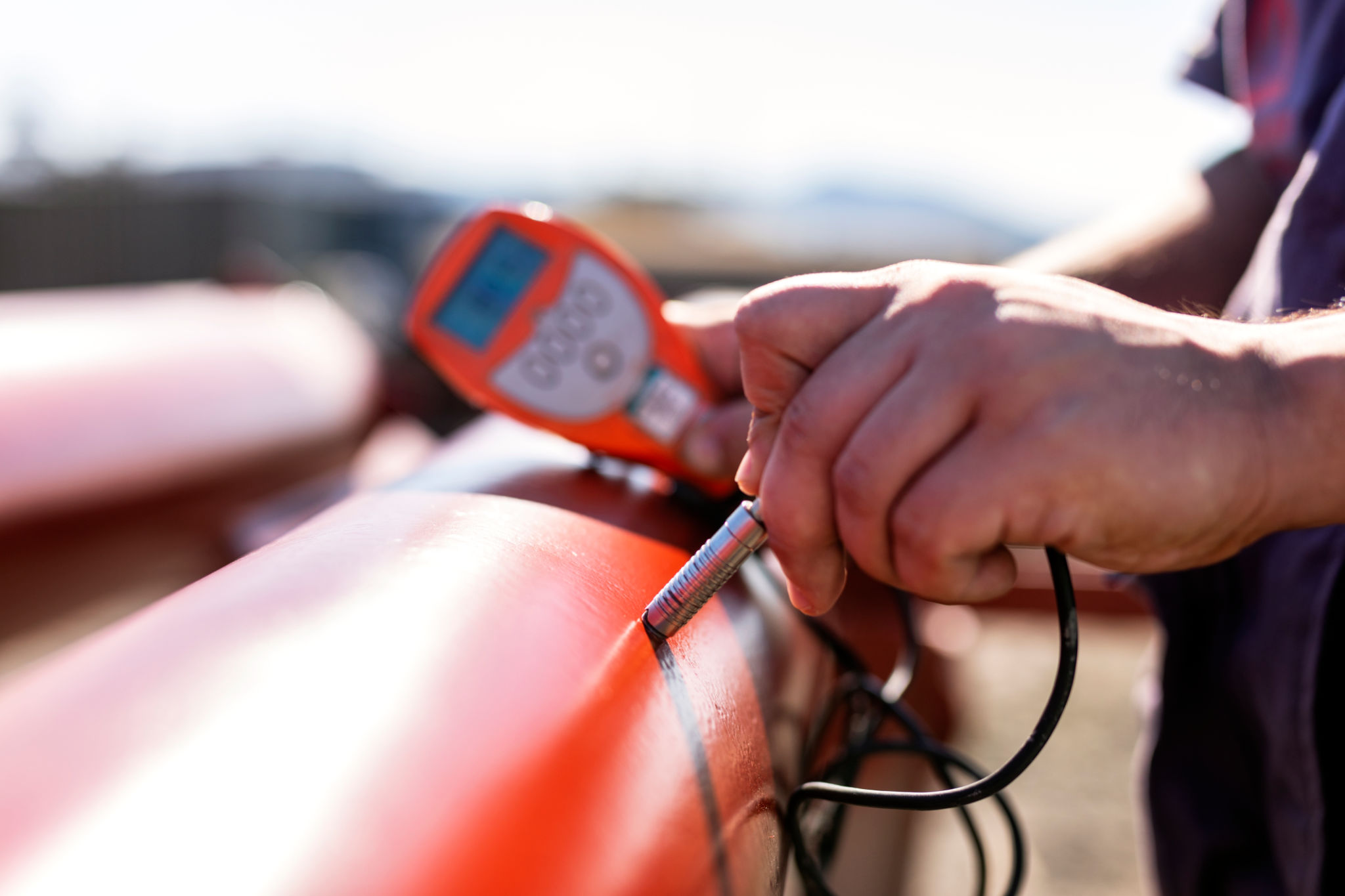The Ultimate Guide to Coating Inspection: Ensuring Quality and Longevity
Understanding Coating Inspection
Coating inspection is a critical process in various industries, from construction to manufacturing, ensuring the longevity and quality of coated surfaces. By identifying potential issues early on, coating inspection helps in maintaining the structural integrity and aesthetic appeal of buildings, machinery, and products.

The Importance of Coating Inspection
A well-executed coating inspection can prevent costly repairs and extend the lifespan of materials. Coatings act as a protective barrier against environmental factors like moisture, chemicals, and UV rays. Without proper inspection, even minor defects can lead to significant damage over time, compromising the safety and functionality of structures.
Key Steps in Coating Inspection
Conducting a thorough coating inspection involves several important steps:
- Pre-Inspection Planning: Define the scope of the inspection, including materials, surfaces, and specific areas to focus on.
- Surface Preparation Review: Ensure that the surface was properly cleaned and prepared before coating application.
- Coating Application Check: Verify that the coating was applied according to specifications, including thickness and uniformity.
- Post-Application Inspection: Assess the final appearance and adhesion of the coating to ensure it meets quality standards.

Tools and Techniques for Effective Inspection
The right tools and techniques are essential for accurate coating inspections. Inspectors often use devices such as thickness gauges, adhesion testers, and moisture meters to evaluate different aspects of the coating. These tools help in providing quantitative data that supports visual inspections.
Common Challenges in Coating Inspection
Despite its importance, coating inspection can be fraught with challenges. Environmental conditions such as humidity and temperature can affect the inspection results. Additionally, access to certain areas may be limited, requiring specialized equipment or techniques to conduct a thorough examination.

Training and Expertise: The Role of Inspectors
The expertise of coating inspectors is crucial in ensuring accurate assessments. Certified inspectors have the knowledge to identify potential issues and recommend corrective actions. Ongoing training and staying updated with industry standards are vital for maintaining high inspection quality.
Benefits of Regular Coating Inspections
Regular coating inspections offer numerous benefits, including:
- Cost Savings: Early detection of issues can prevent expensive repairs or replacements.
- Enhanced Durability: Properly maintained coatings last longer, providing continuous protection.
- Safety Assurance: Inspections help ensure that coatings perform their protective roles effectively, safeguarding structures and people.
Conclusion: Investing in Quality and Longevity
In summary, coating inspection is a vital practice that ensures the durability and effectiveness of protective coatings. By understanding the inspection process, utilizing appropriate tools, and relying on skilled inspectors, industries can significantly enhance the quality and longevity of their assets. Regular inspections not only protect investments but also contribute to safety and compliance with industry standards.
